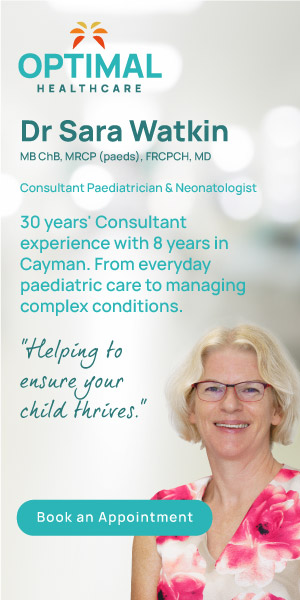Recent health-related advancements in Cayman have increased the availability of healthcare options to residents, allowing the islands to tolerate the COVID-19 pandemic and encouraging health leaders to say that ‘healthcare security’ for residents has improved.
‘Healthcare security’ refers the ability to meet the medical needs of the resident population within Caymanian borders. Though the lockdown and border closure has had some negative repercussions on the islands’ residents, the impact is believed to be less severe thanks to recent strides in local healthcare services.
Residents of the Cayman Islands can access healthcare at Doctors Hospital and Health City, in East End, as well as through the Health Services Authority.
More healthcare security is also possible through the emerging medical tourism industry, which provides Cayman with more resources.
The medical tourism project Aster MedCity, which is predicted to open within the next ten years, and the growth of Health City promise to provide more services to residents, more quickly. Health City currently offers residents and tourists more specialised services and a higher capacity for intensive care. The presence of medical tourism developments means that the Cayman Islands will have the healthcare capacity of a much larger nation, speeding up access to care for Caymanians.
Andrew Vincent, director of Integra Health Care Clinic and project team member of Aster MedCity, imagines that Aster MedCity, like Health City, will bring even more healthcare resources to the residents of the Cayman Islands that enables Cayman to come closer to self-sufficiency.
Vincent explained that Aster MedCity, a $350 million multi-speciality hospital with 150 beds, will enable Cayman to lead the rest of the world in ICU beds per capita. In the case of another pandemic, the excess capacity will allow Cayman more flexibility as the healthcare system is less likely to be overwhelmed.
Health City, which opened in 2014, is an example of the benefits of extra capacity during a health crisis. Though an initial outbreak of the COVID-19 virus meant that Health City had to temporarily close at one point, the hospital did provide more capacity during other stages of the pandemic.
Since 2014, the existence of Health City has led fewer Caymanians to travel overseas for healthcare. This trend is expected to continue, especially as chemotherapy and surgical care for cancer are now available at Health City. Advancements in neonatal care and radiotherapy for cancer at Health City are expected within the year, positioning the Cayman Islands as a uniquely well-resourced location for healthcare in the Caribbean.
Though the pandemic has brought many challenges to medical professionals around the world, it has also given Cayman’s health leaders the opportunity to identify medical security needs and to discuss possible strategies to meet those needs.
Dr. Delroy Jefferson of the Health Services Authority named a 30-year Master Facility and Service Development Plan as one strategy that aims to meet the healthcare needs of residents of all ages and backgrounds.
As well, the pandemic put a spotlight on Cayman’s strengths and the healthcare resources already in place because residents were unable to travel for healthcare.
At Doctors Hospital, a new cath lab for heart patients opened in March, just before Health City had to shut down, and a new maternity ward received patients from the Cayman Islands Hospital.
While the decision to seek treatment locally may have felt unusual to those Caymanian residents who habitually seek healthcare overseas, perceptions about the quality of local care certainly have changed.




